History and Development of Intel Processors
History and Development of Intel Processors: Before you continue reading this article, it's good to have a look first History Processor . In 1968, Gordon Moore , Robert Noyce and Andy Grove invented Intel Corp .. to run the business "INTegrated ELectronics" or more familiar to INTEL. This is the beginning of the establishment of a processor company that has been widely used throughout the world to date. The Intel processor in the start of the new Static RAM was later developed into a Micropocessor. The first microporcessor has 275,000 Transitor. Compare with Intel Core 2 Quad which has 300 Million Transitor.
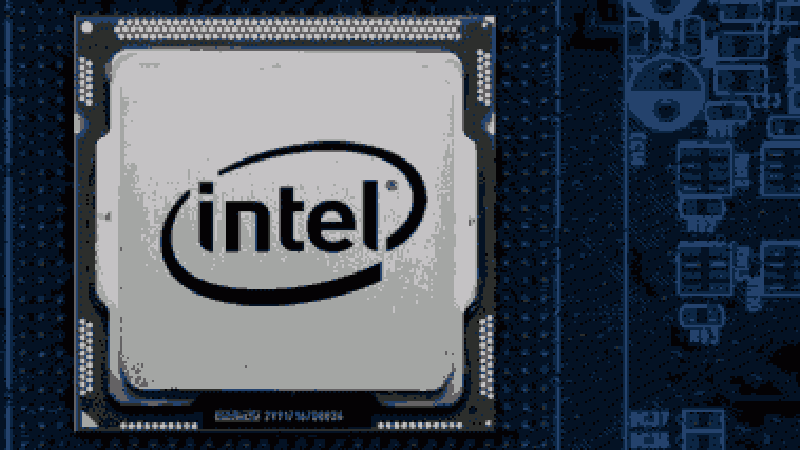
History and Development of Intel Processors
STATIC RAM
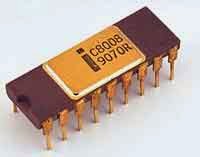
Beginning in 1969, Intel announced its first product, 1101 static RAM, the world's first metal oxide semiconductor (MOS). It signals the end of the magnetic memory era.
Further developed again in 1971 emerged Intel's first microprocessor, 4004 microprocessor is used on the machine Busicom calculator. With this invention there is a way to enter artificial intelligence on inanimate objects.
Continued into the year 1972 emerged microprocessor 8008 which is 2 times magnitude than its predecessor is 4004. In 1974, 8080 Microprocessor Being the brain of a computer called Altair, at that time sold about ten thousand in 1 month.
After that in 1978, 8086-8088 Microprocessor became an important sales in the computer division occurred on products for personal computers made by IBM who use 8088 processor that managed to boost the name of intel.
Finally in 1982, Intel 286 Microprocessor or better known as 80286 is a processor that can first recognize and use software used for previous processors.
Intel's development continued in 1985, Intel386 ™ Microprocessor. Intel 386 is a processor that has 275,000 transistors that are embedded in the processor, which when compared to 4004 has 100 times more than 4004.
Then in 1989, Intel486 ™ DX CPU Microprocessor was the first processor with over 1 million transistors. Previously already known generation XT i186, followed by the generation of AT i286, i386 until i486. i486 with 32 bit chip is working with clocks up to 100MHz. i486 was marketed until the mid-90s.
The first processor makes it easy for applications that used to type command-commands to be just a click away, and had a complex mathematical function that reduced the workload on the processor.
Continue to enter the Intel Pentium series processor in 1993, Intel® Pentium® Processor better known as Pentium I with more than 3 million transistors.
This chip saves a bug.
The Pentium runs with the most severe process error in history. A new generation processor capable of handling various types of data such as sound, sound, handwriting, and photos.
Then in 1995, the Intel® Pentium® Pro Processor, designed for use in server and workstation applications, created for rapid processing of data, this processor has 5.5 jt of embedded transistors.
In 1997, the Intel® Pentium® II Processor was the next development with clocks up to 450 MHz and accommodating about 7.5 million transistors integrated with chace level 2 (L2).
Pentium II processor is a processor that combines Intel MMX designed specifically to efficiently process video, audio, and graphics data. There are 7.5 million transistors integrated in it so that with this processor PC users can process various data and use the internet better.
1998 Processor economical Intel® Pentium II Xeon® Processor with Pentium II base but no chace level 2 (L2) availability. This processor is known as the Celeron Pentium II. Processor created for the needs of the server application. Intel wanted to fulfill its strategy to provide a unique processor for a particular market.
In 1999 was born a processor that I once had. Yep ... Pentium III was born with the slogan "Internet Streaming Extension". Pentium III is supported with 44 million transistors and can support more processes in parallel. In this year also born Intel® Celeron® Processor is issued as a processor intended for users who do not need the performance of faster processors.
For users who want to build a computer system with a budget (price) is not too large. The Intel Celeron processor has the same shape and formfactor as the Pentium type Intel processor, but with fewer instructions, its smaller L2 cache, slower speed, and cheaper price than the Intel processor type Pentium.
With the release of this Celeron processor then Intel again provide a processor for a particular market. Then came the development of the Intel® Pentium® III Processor with an additional 70 new instructions that dramatically enriched high-level, three-dimensional imaging, audio streaming, and video and speech recognition capabilities. I.
ntel® Pentium® III Xeon® Processor is the latest product of the Pentium III series. Intel re-penetrated the server and workstation market by issuing the Xeon series but Pentium III type that has 70 SIMD commands. The advantage of this processor is that it can accelerate the processing of information from the system bus to the processor, which also boost performance significantly. This processor is also designed to be combined with other similar processors.
The birth of Intel® Pentium® 4 Processor occurred in 2000. With a clock 4 times larger than Pentium III, Pentium 4 was born with clocks up to 3.8 GHz. This processor is able to execute much more commands on the same process. Another variant of Pentium 4 is Pentium 4 Hyperthreading.
Pentium IV processor is an Intel product whose processing speed is able to penetrate speeds up to 3.06 GHz. First time out this processor speed 1.5GHz with 423 pin formafactor, after which Intel changed formfactor Intel Pentium 4 processor to pin 478 starting from Intel Pentium 4 processor speed 1.3 GHz to the latest which is currently able to penetrate the speed up to 3.4 GHz.
In 2001 Intel re-released Intel® Xeon® Processor for server requirements. Intel Pentium 4 Xeon processor is an Intel Pentium 4 processor that is specifically intended to serve as a computer server. This processor has more pins than the Intel Pentium 4 processor and with larger L2 cache memory as well.
In 2001 also Intel® Itanium® Processor was born. Itanium is the first 64-bit processor that is intended for usage on servers and workstations and specific users.
The processor has been built with a completely different structure from the previous one based on Intel's Explicitly Parallel Instruction Computing (EPIC) design and technology.
Later in 2002, Intel® Itanium® 2 Processor was the next generation. Itanium 2 is the second generation of the Itanium family. The 64 bit processor with 221 million transistors reaches a maximum clock of 1 GHz. This processor is not successful in the market, even namanyapun hardly ever heard.
The Intel® Pentium® Processor M processor intended for notebooks is known as the Pentium M in 2003. It is a streamlined processor of up to 77 million transistors. Pentium M is made to replace the Pentium 4 wasteful use of power on the notebook. Chipset 855, and Intel® PRO / WIRELESS 2100 are components of Intel® Centrino ™.
Intel Centrino is made to meet the market needs for the existence of a computer that is easy to carry anywhere. Continued into 2004, Emerging Intel Pentium M 735/745/755 processors equipped with 855 chipset with new features 2Mb L2 Cache 400MHz system bus and compatibility with processor sockets with previous Pentium M series.
Still in the same year Intel E7520 / E7320 Chipsets was born. 7320/7520 can be used for dual processor with 800MHz FSB configuration, DDR2 400 memory, and PCI Express peripheral interfaces.
In 2005 Merger performance Hyperthreading and Pentium M power usage, birth DualCore processor with clock maximum 2 GHz.
Intel Pentium 4 Extreme Edition 3.73GHz a processor aimed at the market of computer users who want something more than their computers, this processor uses 3.73GHz frequency configuration, 1.066GHz FSB, EM64T, 2MB L2 cache, and HyperThreading.
Intel Pentium D 820/830/840 The 64 bit processor is called dual core because it uses 2 core pieces, with 1MB L2 cache configuration on each core, 800MHz FSB, and can operate at 2.8GHz, 3.0GHz, and 3.2GHz frequencies. In this type of processor also included HyperThreading support.
INTEL CORE 2 DUO and CORE 2 QUAD
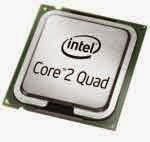
In 2006 the use and marketing of DualCore generation has not been exhausted, a year later launched Core2Duo which integrates nearly 300 million transistors with 2 cores working in 1 processor capable of working up to 3.3 GHz. Still in the same year Intel Core 2 Quad Q6600 appears Processor for desktop type and is used on people who want more power than their own computer has 2 cores with 2.4GHz configuration with 8MB L2 cache (up to 4MB accessible per core) , 1.06GHz Front-side bus, and thermal design power (TDP).
For servers in the same year Intel Quad-core Xeon X3210 / X3220 is produced. Processor used for server type and has 2 cores with each configuration of 2.13 and 2.4GHz, respectively, with 8MB L2 cache (can reach 4MB accessible for each core), 1.06GHz Front-side bus, and thermal design power (TDP).
INTEL CORE i3, i5 and i7
In 2009 the Intel i Series Processor was born. It starts from Intel Core i3. Intel Core i3 is the most value variant than the other two siblings. This processor will integrate the GPU (Graphics Processing Unit) aka Graphics On-board inside the processor. Graphics capabilities claimed the same as Intel GMA on G45 chipset. In addition Core i3 will use hybrid manufacturing, core processor with 32nm, while memory controller / graphics using 45nm. The Core i3 product code is "Arrandale".
If Bloomfield is the codename for Core i7 then Lynnfield is the codename for Core i5. Core i5 is a series of values from Core i7 that will run on Intel's new socket LGA-1156 socket. Interested when hearing the word value? Exactly! Core i5 will be marketed at a price of about US $ 186.
Excess Core i5 is the implanted function of Northbridge chipset on the core processor (known as MCH on Motherboard). Then the Core i5 motherboard that will use Intel P55 chipset (mainstream class) will look vacant without the presence of northbridge chipset.
If Core i7 uses Triple Channel DDR 3, then in Core i5 only use Dual Channel DDR 3. Power usage is also lowered to 95 Watt. The P55 chipset supports Triple Graphic Cards (3x) with 1 × 16 PCI-E slots and 2 × 8 PCI-E slots. In Core i5 cache remains the same, ie 8 MB L3 cache.
Intel also launched Clarksfield, the Core i5 mobile version intended for notebooks. Socket to be used is mPGA-989 and requires a fairly small power of 45-55 Watt.
Intel Core i7
Core i7 itself is the first processor with technology "Nehalem". Nehalem uses a new platform that is completely different from the previous generation. One of them is integrating the MCH chipset directly in the processor, not the motherboard. Nehalem also replaced the FSB function into a more revolutionary QPI (Quick Path Interconnect).
In 2011, 2nd generation of intel core i 2000 series was born. Intel core i3, i5 and i7 Sany Bridge Series. The advantages of this processor from the previous generation is, more graphics maknyus, higher clock speed and lower TDP. Processor This series uses Chipset with socket LGA 1155.
The flagship processor of the Sandy Bridge Series is the Intel Core i7 2700K. This Procie has Quard Core Processor (4 Core), 3.5 GHz Clock Speed and turbo clock speed 3.9 GHz, Graphic Clock mode reaches 850 MHz standard and on turbo turbo moder capable of reaching speed 1350 MHz, Chace equipped 8 MB, TDP 95 W, Manufactured on 2011-10-24, at a price of $ 332, using the LGA 1155 DMI 2.0 socket, PCIe 2.0, Memory Up to dual channel DDR3-1333.
In 2012, more Intel 3rd generation Intel Core i 3000 Series with LGA 1155 and LGA 2011 chipsets. Kenggullan from the previous generation is technological upgrading to be higher, the graphics using the latest series are of course faster, the clock speed is improved and TDP reduction means lower usage (only valid procie with the same spec).
The flagship product of this series is the Core i7 Extreme 3970X, has 6 cores (12 threads), 3.5 GHz clock and turbo4.0 GHz, 15 MB Chace, 150 W TDP, Produced on 2012-11-12, priced at $ 999, using socket LGA 2011, DMI 2.0, of course supports PCIe 2.0 for additional graphics, Memory Up to quad channel DDR3-1600.
In 2013, Intel re-released high-tech processor. Intel 4th generation core i 4000 series. Kenggullan of the previous generation is the improvement of technology, graphics, clock speed and reduction of TDP.
The flagship product of this series is Core i7 Extreme 4960X, has 6 cores (12 threads), with 3.6 GHz clock speed and 4.0 GHz turbo, 15 MB chace, 130 W TDP, Produced September 10, 2013, $ 999 price, LGA 2011, DMI 2.0 PCIe 3.0, Memory Up to quad channel DDR3-1866.
For features, this series procie far left the previous series. Call it, Haswell series already supports PCIe veri 3.0. As for memory, Haswell series can be paired with memory at speeds up to 1866 mhz.
This year (2014) Intel again kicked off the computer world by launching the Intel Core i7 Extreme 5960X ( Haswell 5000 series ). No half-hearted procie has 8 pieces of core and 16 thread cores. Using Socket X99 LGA 2011-13 and support with the latest DDR4 memory . What else combined with Nvidia GTX Titan Z.
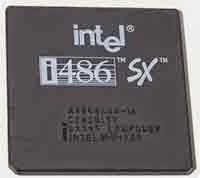
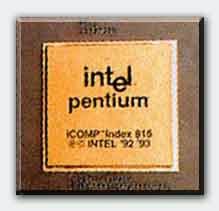
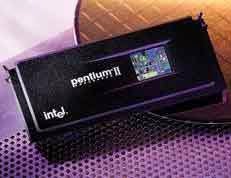
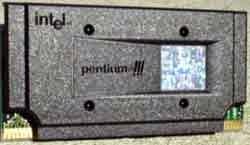
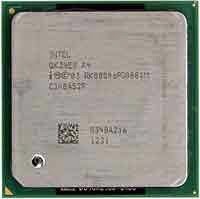
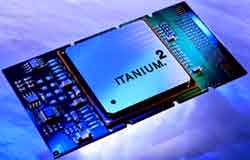
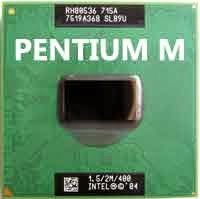
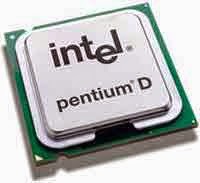
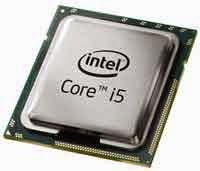

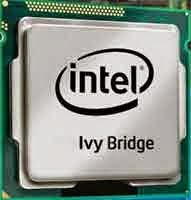
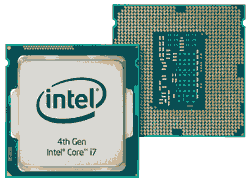
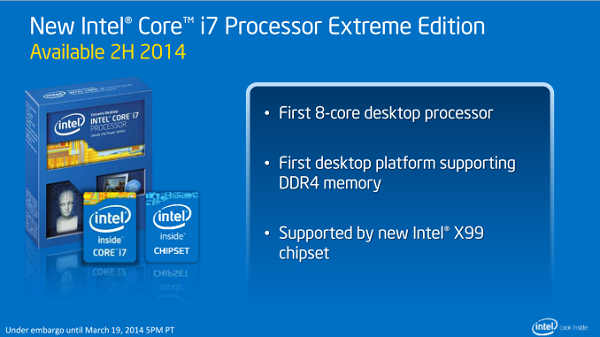
Follow
Congratulations @rahmat6457! You have completed some achievement on Steemit and have been rewarded with new badge(s) :
Click on any badge to view your own Board of Honor on SteemitBoard.
For more information about SteemitBoard, click here
If you no longer want to receive notifications, reply to this comment with the word
STOP